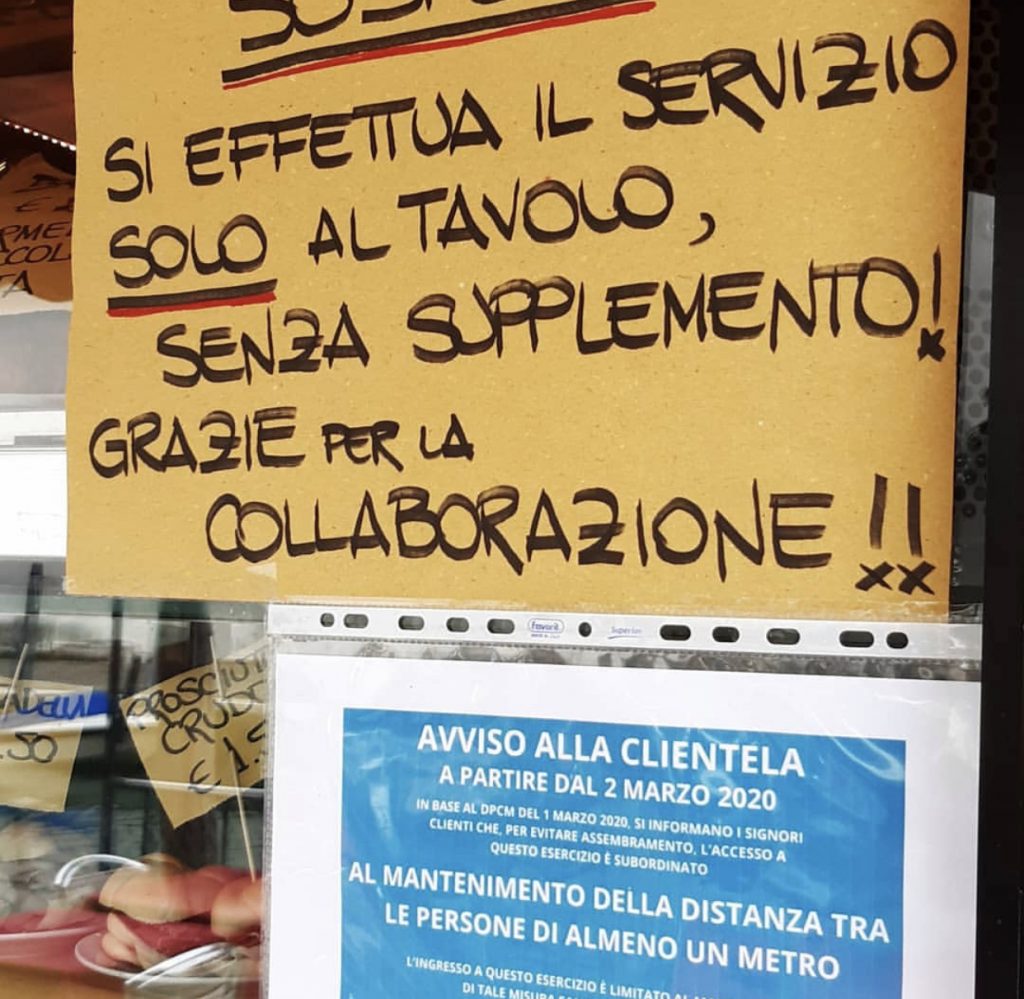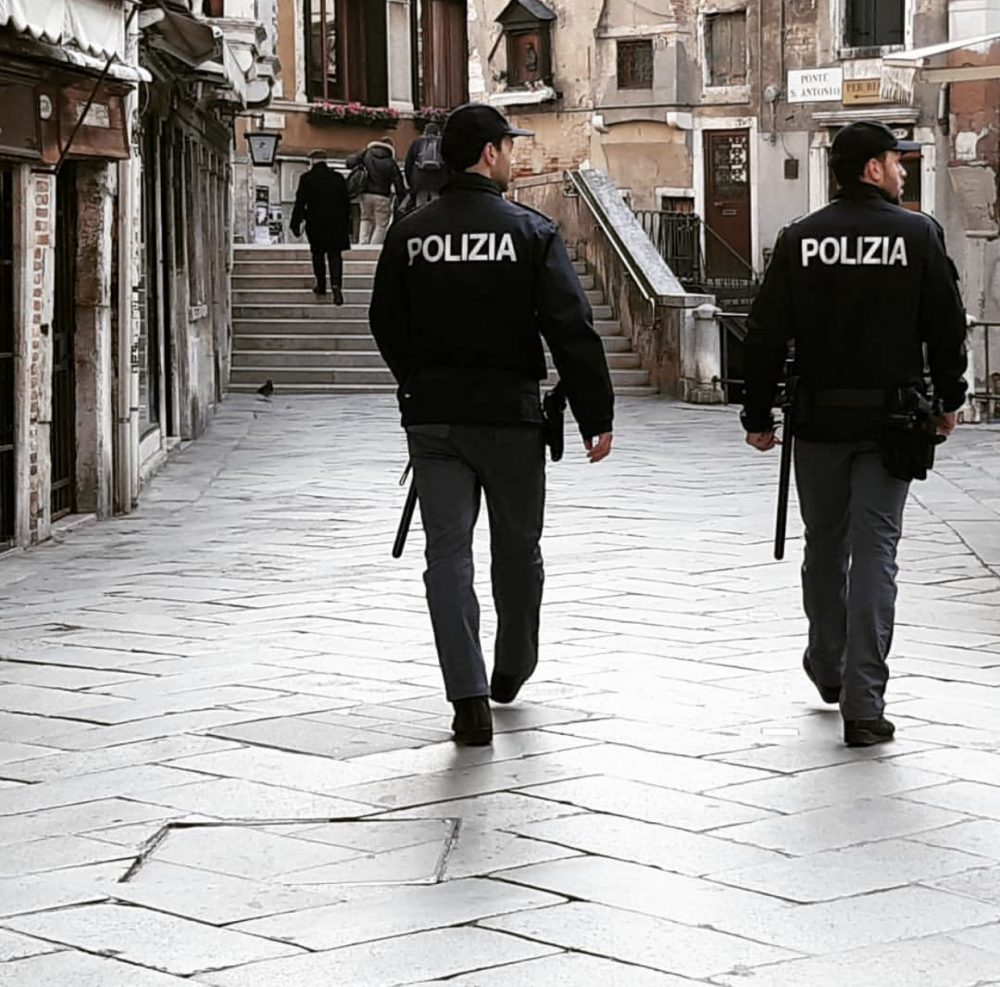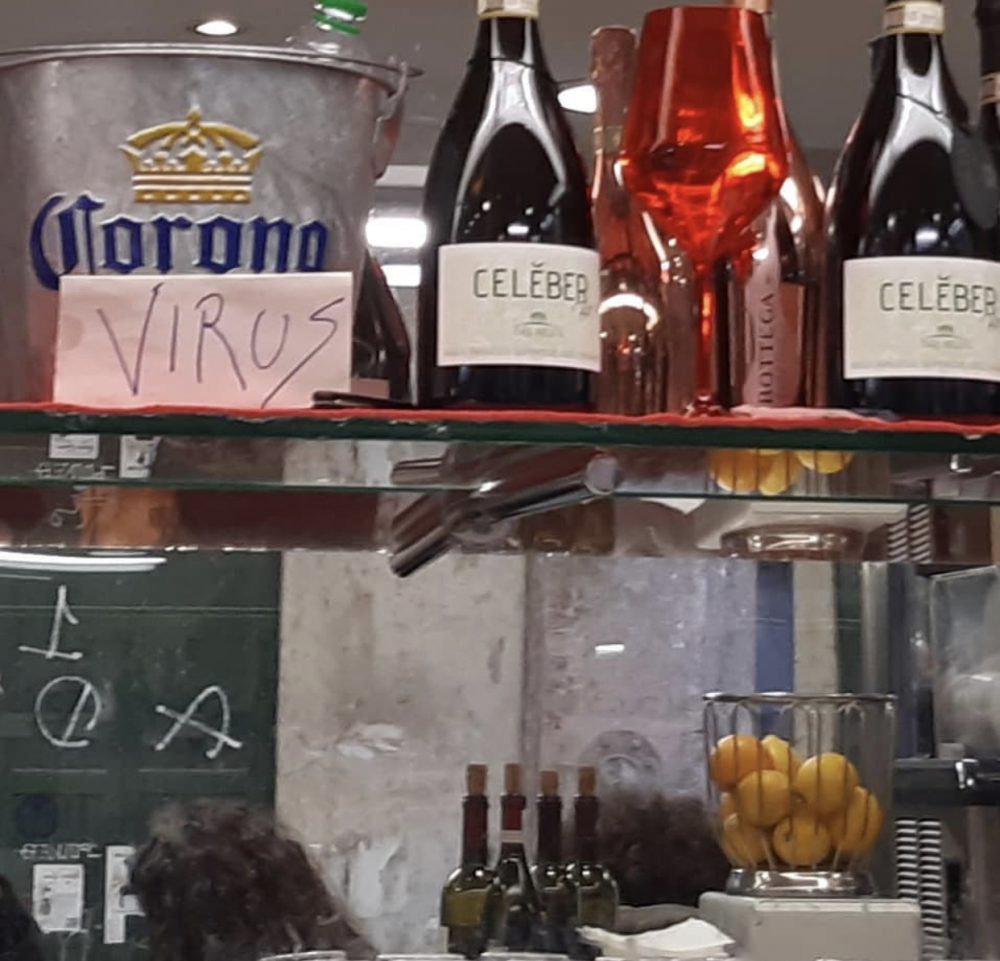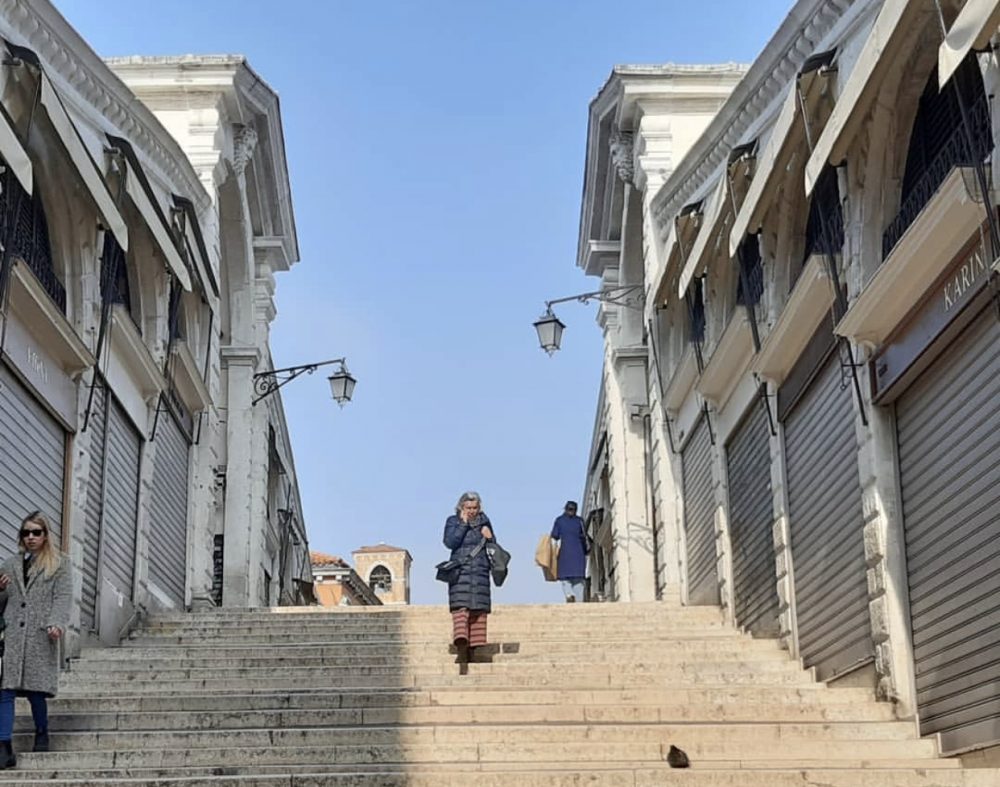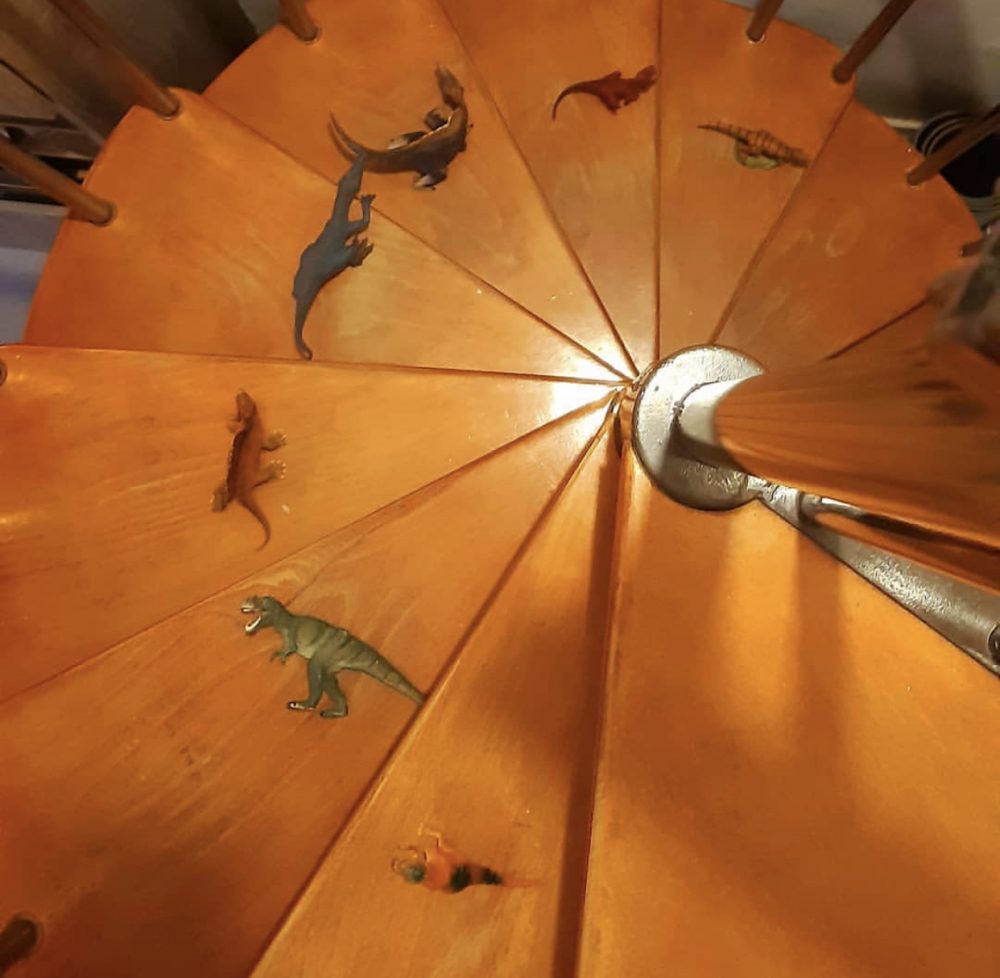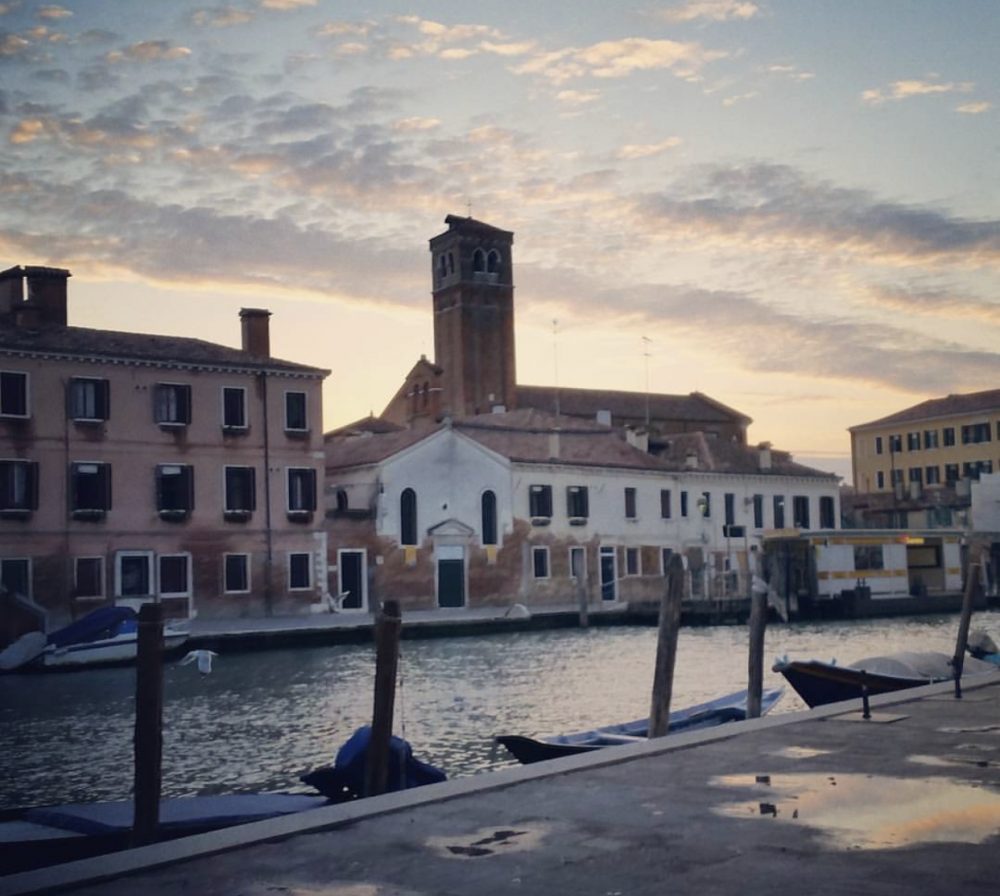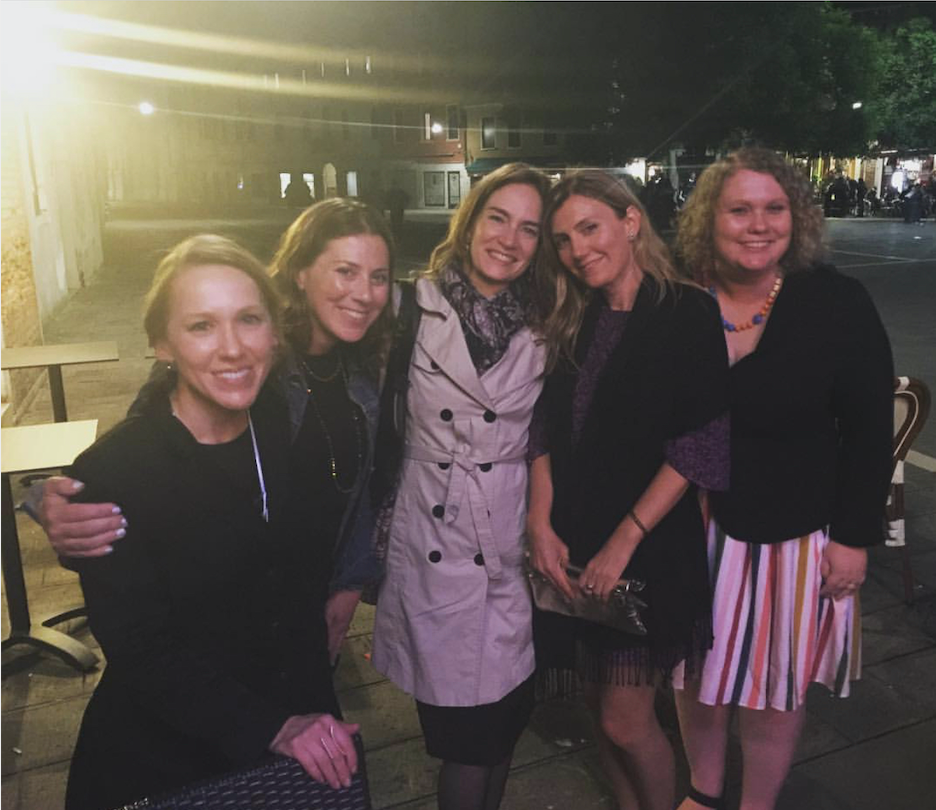Countries that are slow to respond to the COVID-19 outbreaks do so at their own peril. Currently, in the United States, 3,602 people in 49 states, plus Washington, DC and three US territories, have tested positive for the coronavirus, according to a New York Times database, and at least 66 patients with the virus have died. After many wasted weeks of denying the seriousness of this virus, our healthcare systems are woefully unequipped to handle exponential outbreaks that are likely to occur.
Italy is a few weeks ahead of the US, in terms of spread of the virus, and it provides a cautionary tale. The Italian government closed all schools and universities on March 4 to prevent the spread of the coronavirus after it claimed 107 lives, but life in Italian cities and towns continued pretty much as usual, with people eating, drinking, and socializing in public. Cases continued to surge so the government put the entire country on lockdown last Wednesday, restricting travel banning public gatherings and sports, and closing bars, restaurants, and stores that do not sell essential items.
Italy has reported more than 24,700 cases and more than 1,800 deaths, with their largest one-day increase in cases and deaths on Sunday, with 3,590 new cases and 398 deaths in a 24-hour period, according to the The Associated Press. The country, which has been on lockdown since last week, also reports that almost 2,000 people have recovered from the coronavirus in the nation.
As obituaries proliferate in local newspapers, families try to keep children contained in homes, and a large freelance-worker population struggles to pay their bills, individuals are making the best of a bad situation. One such individual is Irene Woodbury, a Baltimore native who has been living in Italy for the past fifteen years, first in Padua and now in Venice. She is married to a Venetian, with two young boys aged 3 and 6, and works as an adjunct professor at several public and private universities in Padua and Venice. Woodbury graduated from Loch Raven High School, attended RISD for college, and earned an MFA from MICA in 2007. In addition to teaching, she works as a professional translator with specialization in Art and Architecture and translated artist Melissa McGill’s Fuori Biennale site-specific public art project “Red Regatta” in 2019, to be published later this year. Woodbury’s own artist books, printmaking, and multimedia projects can be found in the collections of the National Gallery of Art in Washington and the Tate, UK, and the artist keeps a daily photo journal on Instagram @americanincannaregio capturing life in the lagoon city from a local’s perspective.
Woodbury took a few minutes away from parenting and preparing for her online classes to talk by phone about the realities of living in Northern Italy, a region hit hard by COVID-19.
All photos: Irene Woodbury
